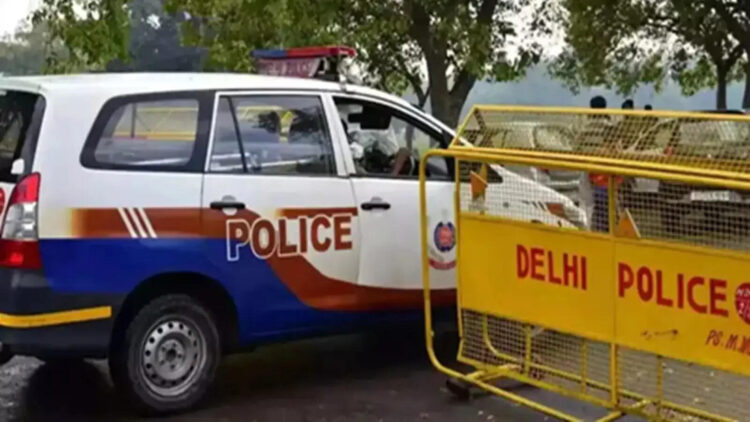This is a very serious and painful story based on the rape and murder of a girl in Vasant Kunj, a 1996 posh area of Delhi. The specialty of this case is that the accused was the son of a big police officer who misused his position and influence. Let us present the brief but clear information of this entire case:
Brief description of the event
On the evening of 23 January 1996, in Vasant Kunj, a young man, Santosh Singh, who was the son of a Delhi University Law Student and a senior police officer, reached the house of a girl Priyadarshini Mattoo. He entered inside as an excuse to talk to the girl. During the conversation, he raped the girl, then strangled her with electric wire and finally took a helmet of her bullet several times, which made the girl’s identity difficult.
Victim and family background
Priyadarshini was from the Kashmiri Pandit family. His family came to Jammu due to increasing extremism in Jammu and Kashmir. He started law studies at Delhi University. Meanwhile, Santosh Singh, who was his senior in college, continued to follow him. Priyadarshini complained to the police several times, even after which Santosh did not give up his chase.
Role of police and investigative agencies
Santosh Singh’s father J.P. Singh was then in the post of Inspector General of Police, which increased the influence of the accused. The investigation of the case was handed over to the CBI, but there were several deficiencies in the investigation. In 1999, the trial court acquitted Santosh Singh, giving the benefit of suspicion, causing controversy and resentment. The judge strongly criticized the inaction of the Delhi Police and the impact of the father of the accused in the judgment of his 450 -page.
Pressure and re -hearing on judiciary
The pressure on the judiciary in Delhi after the Jessica Lal massacre in 2006 also started a new hearing in this case. On 31 August 2006, the case was again taken for regular hearing. On 17 October 2006, Santosh Singh was found guilty of murder and rape and sentenced to death penalty. The decision came when his father retired from the police service.
High Court and Supreme Court verdict
Santosh Singh appealed to the Supreme Court against the sentence in 2006. In October 2010, the Supreme Court converted his death sentence into life imprisonment. The victim’s family received this decision partial disappointment at the level of justice.
Importance and conclusions of the case
The matter became a symbol of efforts by those powerful persons to influence the judicial system.
The inaction of police and investigative agencies harassed the victim’s family mentally and socially.
The social and political pressure on the judiciary carried the matter in the right direction.
Today’s situation
Santosh Singh was released on parole in March 2011 after spending 4 years in jail. The family got justice, but there are many questions on the investigation of the CBI and the police in the case. This case is a deep investigation into the power dynamics present in the judicial system, police administration and social structure.






